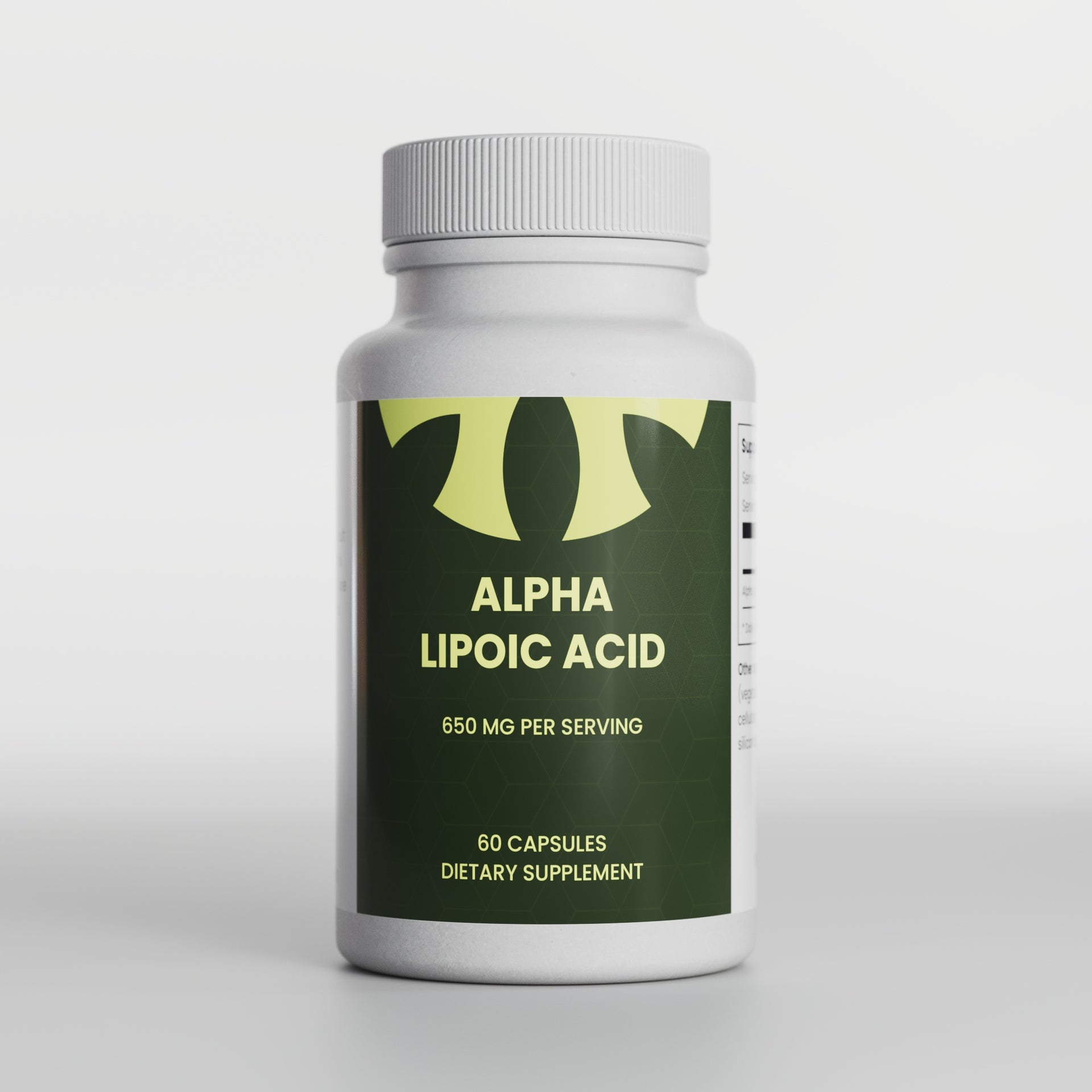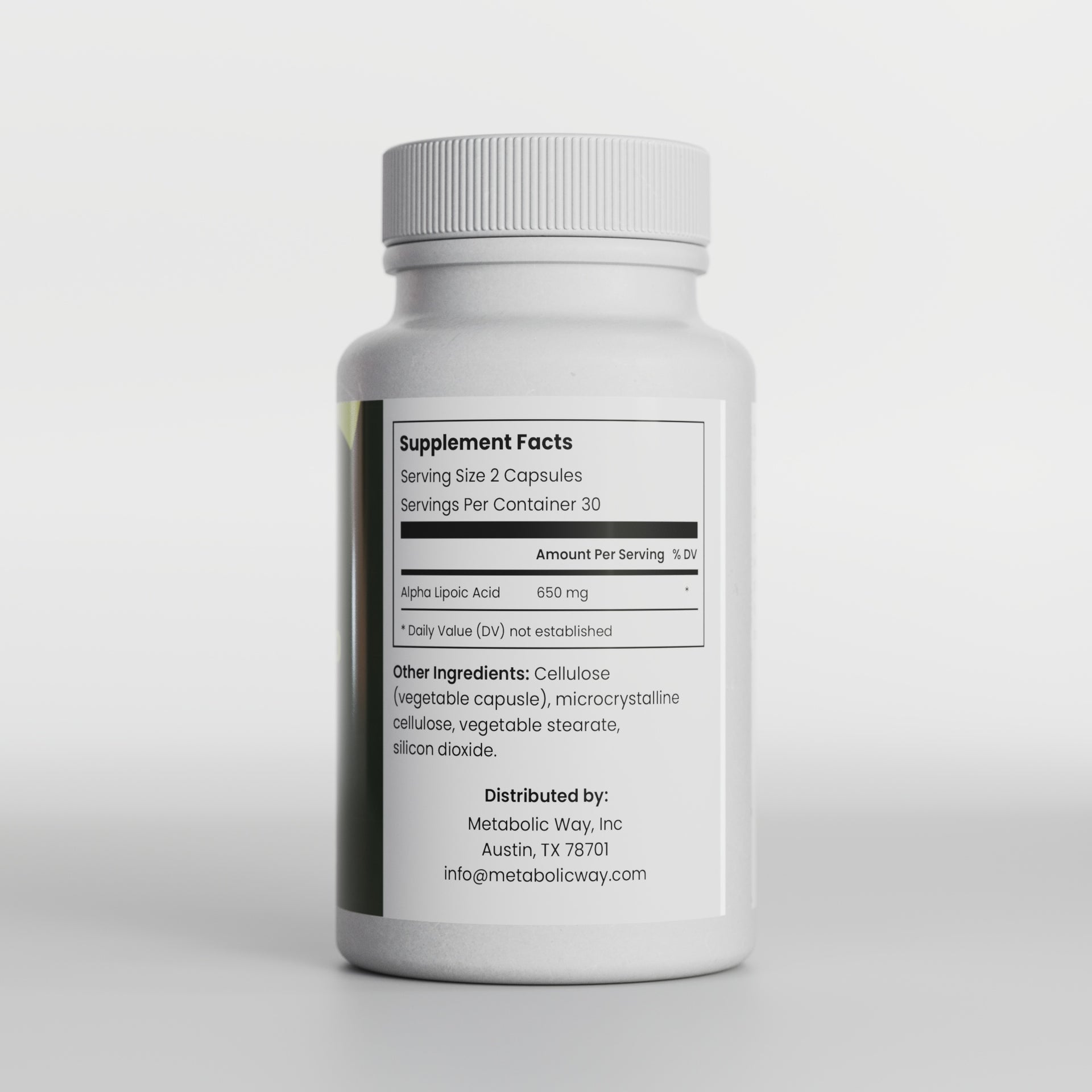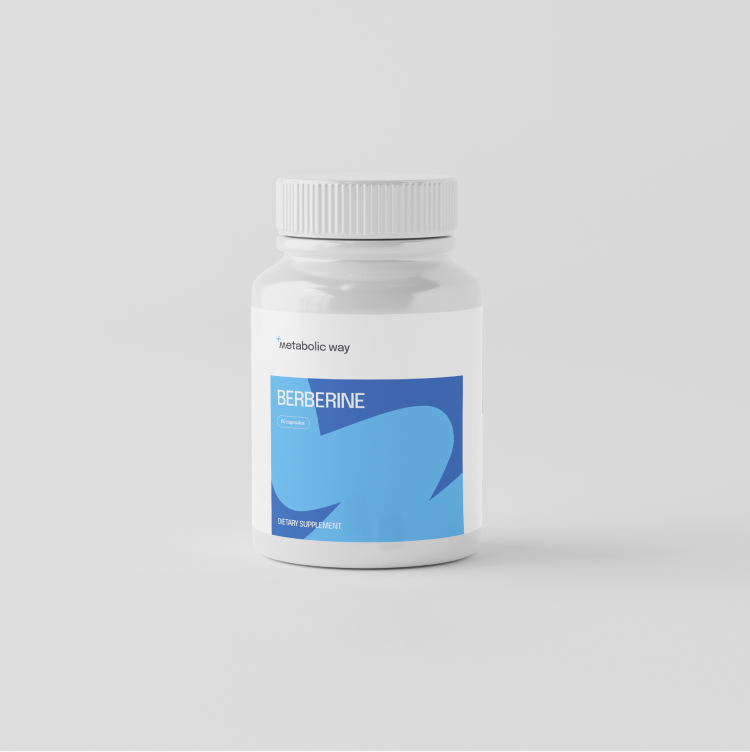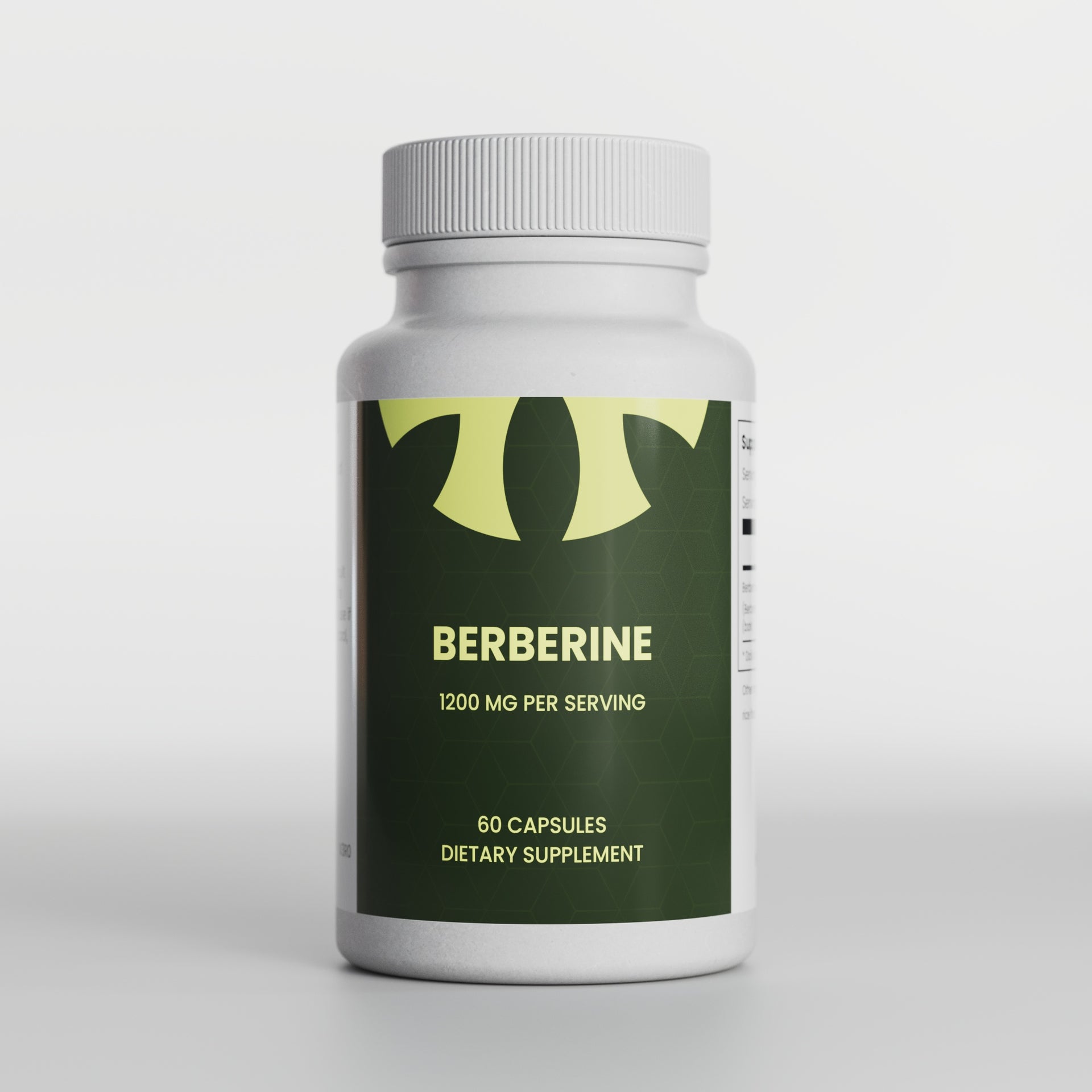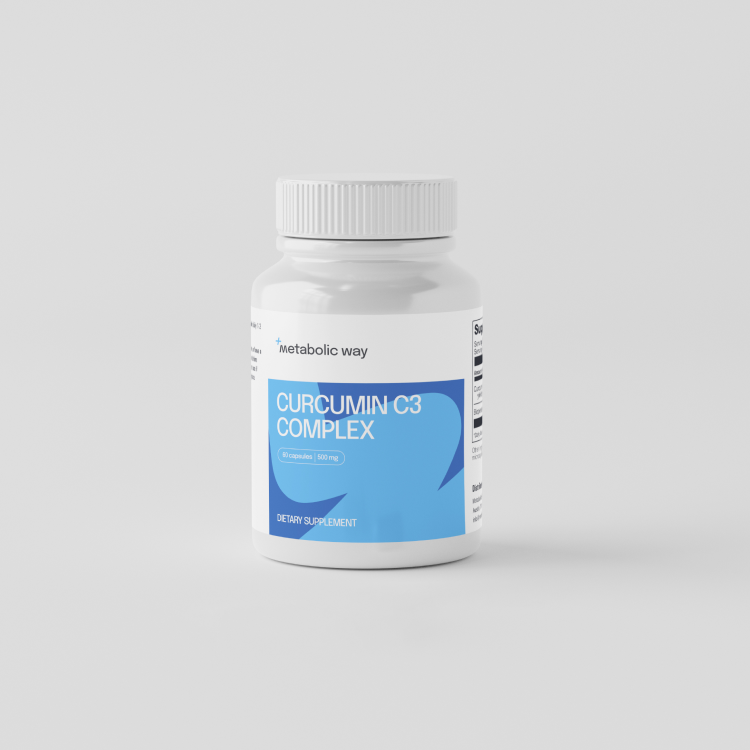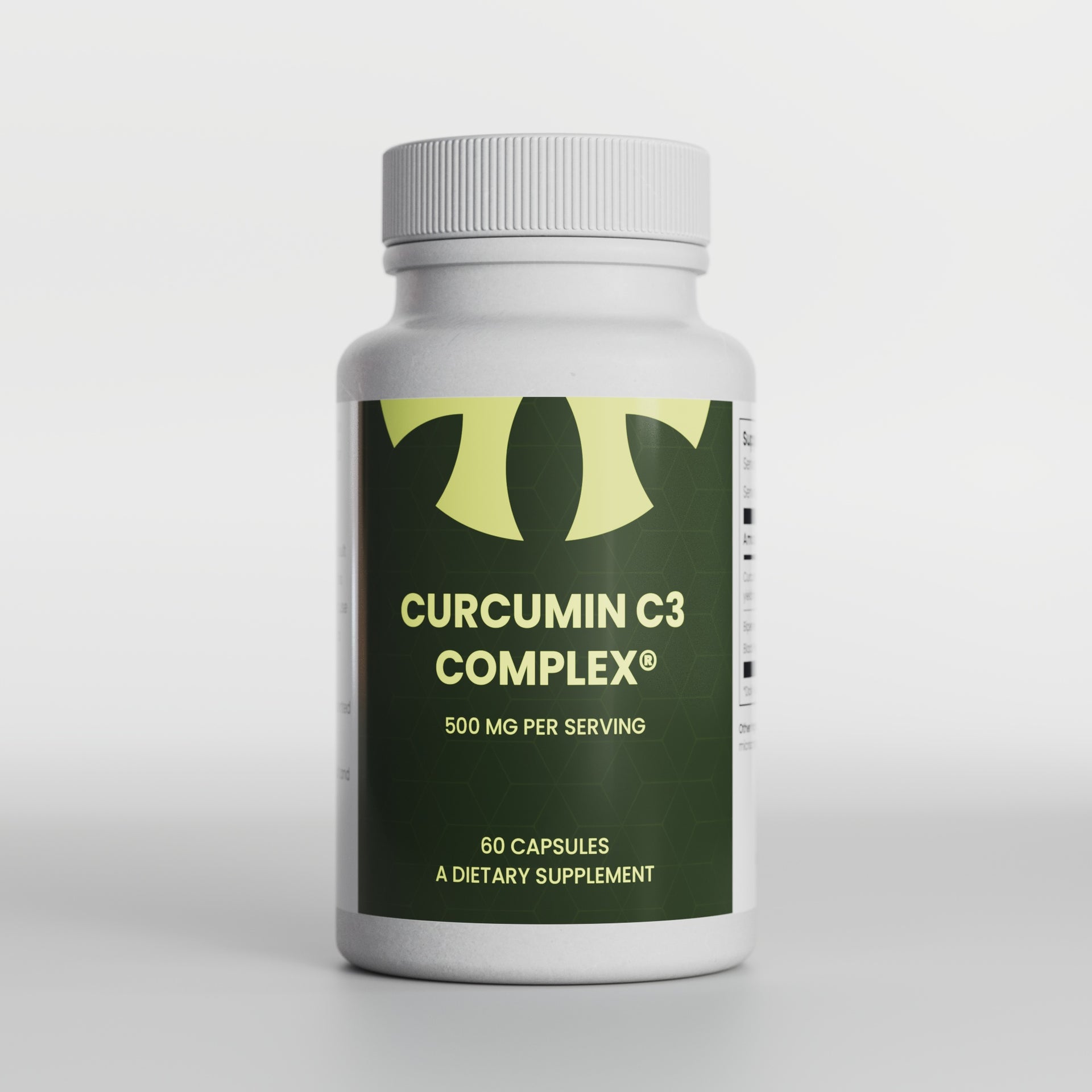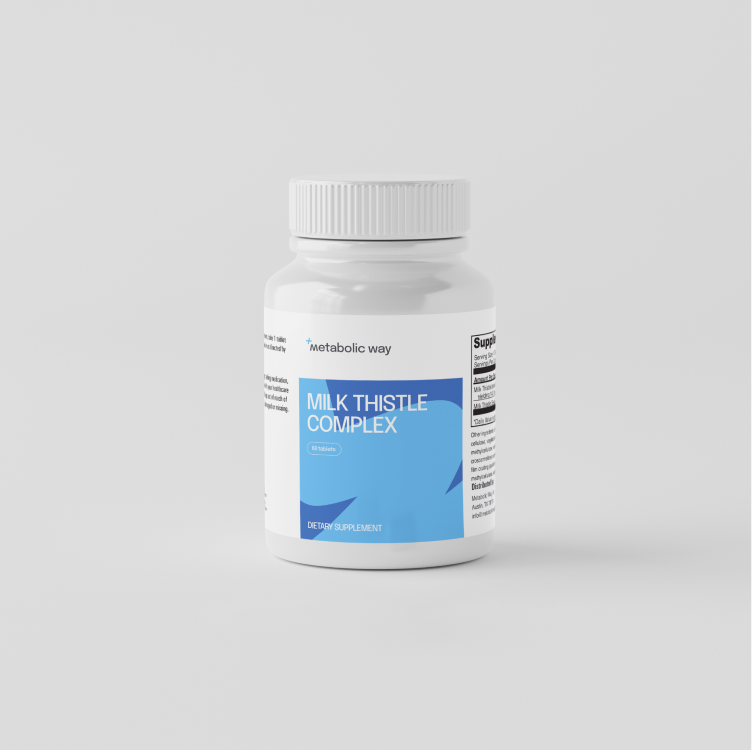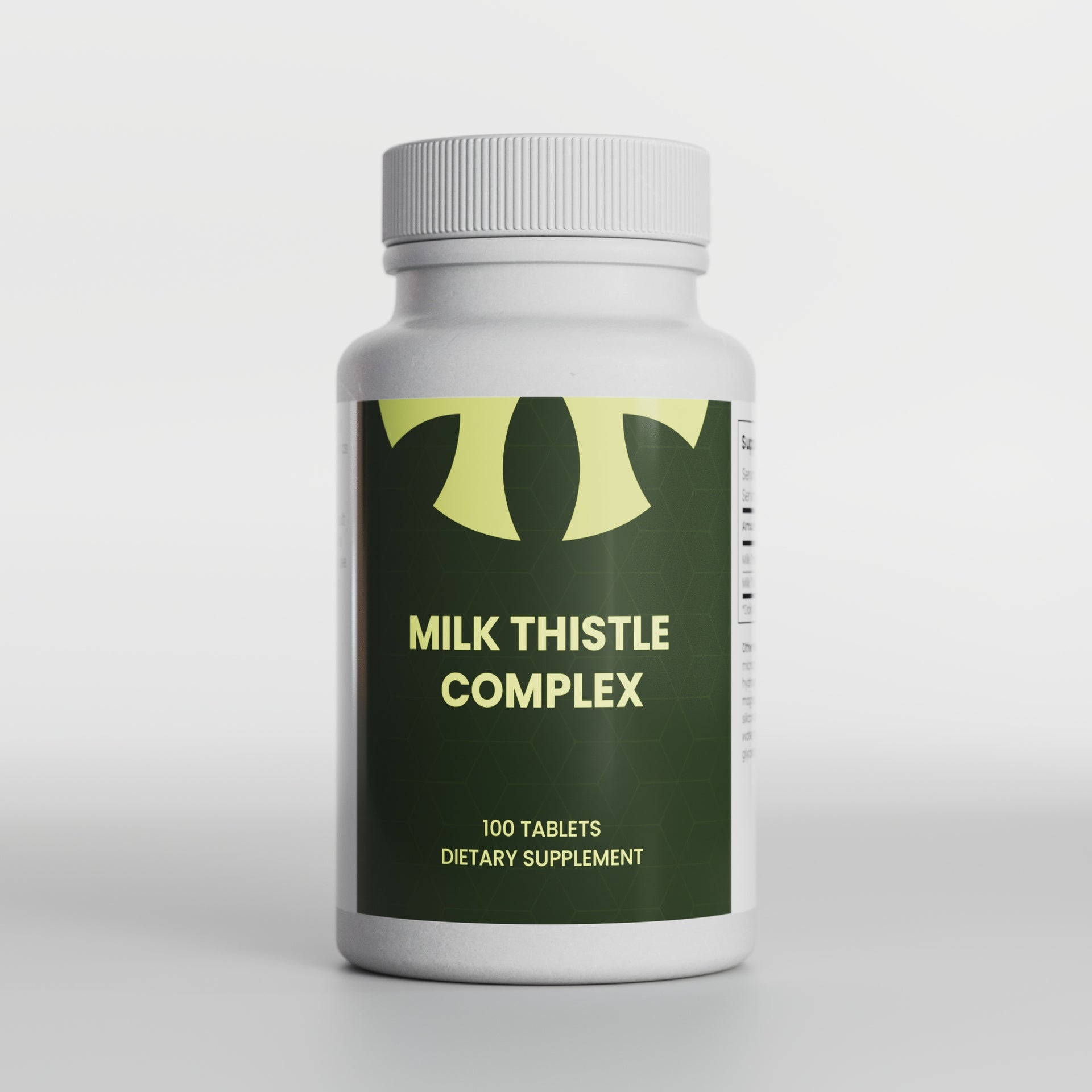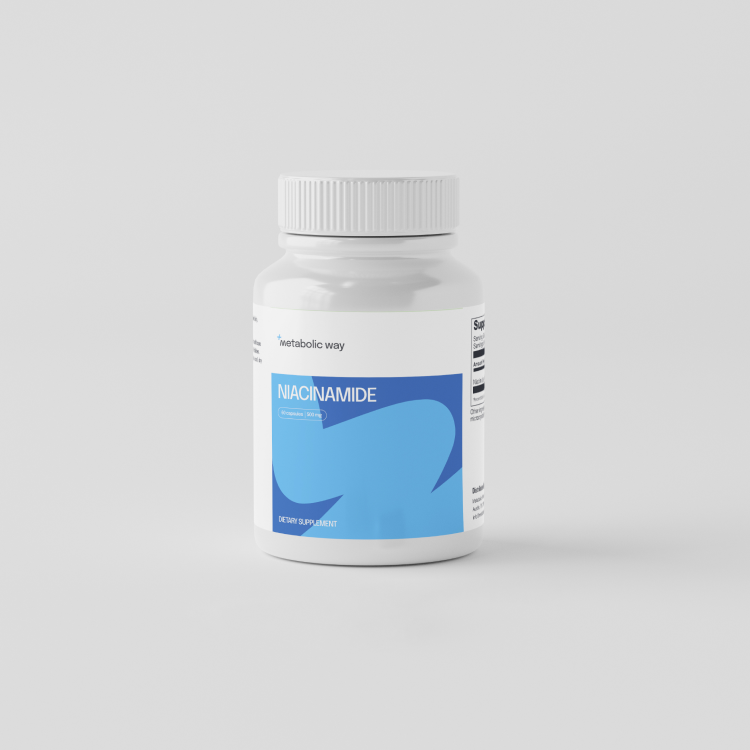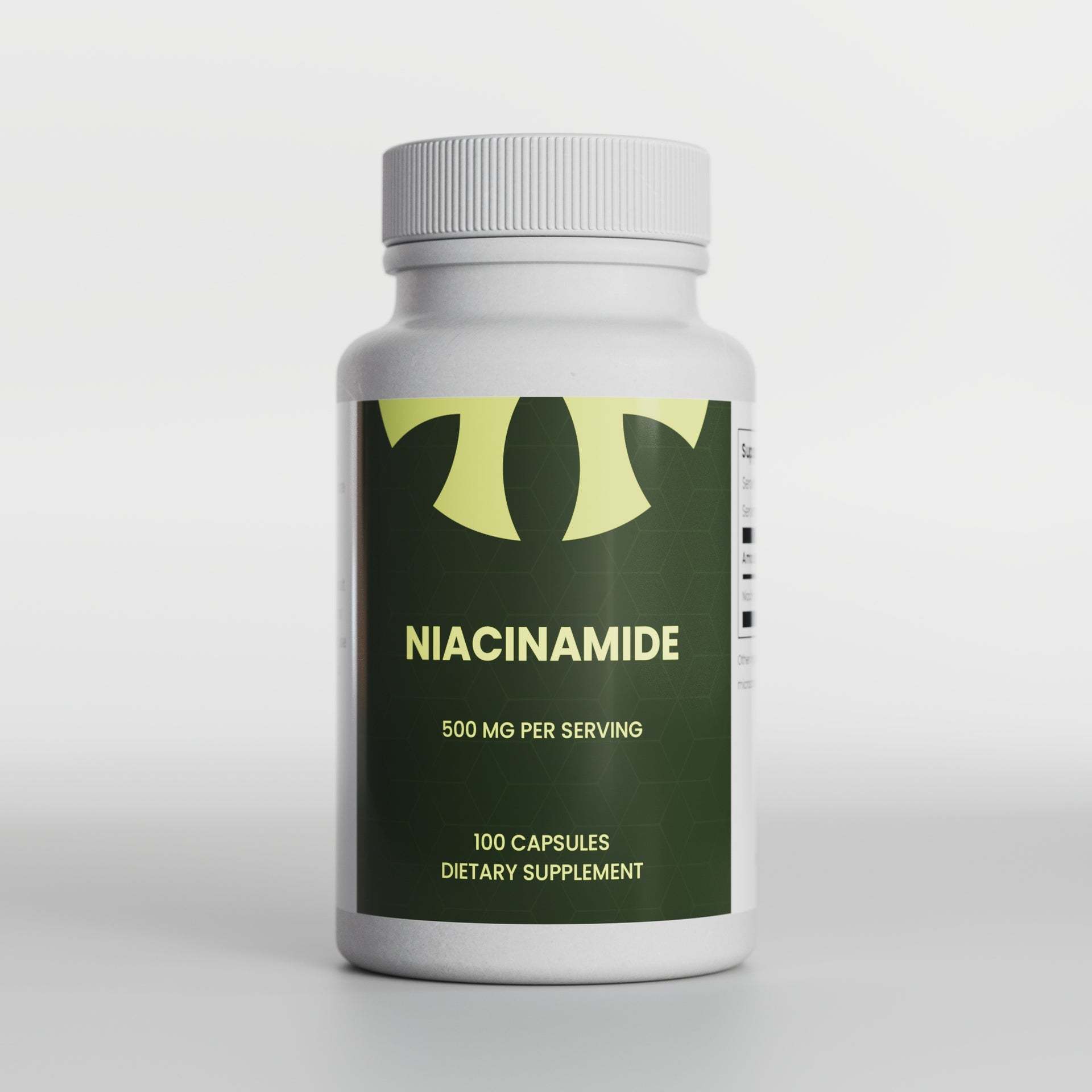Research Highlights:
Main Point 1: Cruciferous vegetables harbor potent cancer-fighting properties, including sulforaphane and DIM.
Main Point 2: These vegetables are an essential component of a cancer-preventive diet.
Main Point 3: Ongoing research explores their role in targeted cancer therapies.
Additional Points: The significance of lifestyle strategies in cancer prevention.
Scientifically Reviewed by: Dr. Sarah Thompson, PhD in Oncology, in September 2023
Introduction
In the realm of cancer research, nature often provides the most remarkable insights. Among the many gifts from nature are cruciferous vegetables, a group that includes broccoli, cauliflower, kale, and Brussels sprouts. These unassuming veggies have been the focus of extensive research due to their potent cancer-fighting properties. In this article, we will delve into the cancer-fighting potential of cruciferous vegetables, exploring compounds like sulforaphane and DIM. We will also discuss the broader implications of incorporating these veggies into your diet and their role in innovative cancer therapies. So, let's embark on a journey through the world of cruciferous vegetables and their remarkable impact on cancer prevention and treatment.
What You Need to Know
Point 1: Sulforaphane and DIM - Nature's Cancer Warriors
Cruciferous vegetables are rich sources of bioactive compounds like sulforaphane and DIM, which are at the forefront of cancer research. Sulforaphane, in particular, has gained attention for its ability to inhibit the growth of cancer cells and trigger their self-destruction, a process known as apoptosis. Research [1] has shown that sulforaphane can target various types of cancer, including breast, prostate, and lung cancer.
DIM, short for 3,3'-diindolylmethane, is another powerful compound found in cruciferous vegetables. It helps regulate estrogen metabolism, reducing the risk of hormone-related cancers such as breast and ovarian cancer. The combination of sulforaphane and DIM makes cruciferous vegetables an indispensable part of a cancer-fighting diet.
Point 2: A Crucial Component of a Cancer-Preventive Diet
Incorporating cruciferous vegetables into your daily meals can significantly contribute to cancer prevention. These veggies are packed with essential nutrients, including vitamins, minerals, and dietary fiber. They also contain phytochemicals with antioxidant properties that protect cells from DNA damage caused by free radicals, a known trigger for cancer development. A study by the Life Extension Magazine in August 2022 [2] emphasized the importance of including cruciferous vegetables in a well-balanced diet to reduce cancer risk.
Point 3: Exploring Innovative Cancer Therapies
Beyond their role in cancer prevention, cruciferous vegetables are now being investigated for their potential in innovative cancer
therapies. Researchers are exploring how compounds like sulforaphane can be used in combination with conventional cancer treatments to enhance their effectiveness. These combinations show promise in not only killing cancer cells but also minimizing the side effects of chemotherapy and radiation therapy. It's a step towards more targeted and less toxic cancer treatments.
Point 4: Embracing Lifestyle Strategies
Cancer prevention goes beyond what you eat; it encompasses lifestyle strategies that promote overall health. While cruciferous vegetables are a cornerstone of cancer prevention, maintaining a healthy weight, staying physically active, and avoiding tobacco and excessive alcohol consumption are equally vital. Lifestyle choices, combined with a diet rich in cancer-fighting foods, can significantly reduce your cancer risk.
Section 1: Unraveling the Power of Sulforaphane and DIM
Subsection 1.1: Sulforaphane - The Cellular Protector
Sulforaphane, found abundantly in broccoli and broccoli sprouts, has garnered significant attention for its role in cancer prevention. It activates a process called detoxification, which helps the body eliminate harmful substances and toxins. Furthermore, sulforaphane has been shown to inhibit the growth of cancer cells by targeting specific signaling pathways. This compound acts as a natural guardian of your cells, shielding them from potential damage that could lead to cancer.
Subsection 1.2: DIM - Balancing Hormones
3,3'-diindolylmethane, or DIM, is another superhero from the cruciferous vegetable family. It plays a pivotal role in balancing estrogen levels in the body. Elevated estrogen levels are associated with an increased risk of hormone-related cancers, such as breast and ovarian cancer. DIM helps convert strong and potentially harmful estrogen metabolites into weaker, safer forms, reducing the likelihood of cancer development. Incorporating DIM-rich vegetables into your diet is like giving your body a hormone-balancing shield.
Section 2: The Cruciferous Diet - Your Ally Against Cancer
Subsection 2.1: A Plate Full of Protection
Building your meals around cruciferous vegetables is a smart move in the fight against cancer. These veggies offer a multitude of health benefits beyond cancer prevention. They are low in calories and high in fiber, making them ideal for weight management. The dietary fiber also promotes healthy digestion and reduces the risk of colorectal cancer. Moreover, the vitamins and minerals present in cruciferous vegetables strengthen your immune system, an essential defense against cancer.
Subsection 2.2: Maximizing Nutrient Absorption
To reap the full benefits of cruciferous vegetables, it's essential to prepare and cook them correctly. Cooking methods like steaming or microwaving can help preserve the nutrients better than boiling. Combining these vegetables with a source of healthy fats, such as olive oil, can enhance the absorption of fat-soluble vitamins like A, D, E, and K present in these veggies. So, stir-frying your broccoli with a dash of olive oil might just be the tastiest way to defend against cancer.
Section 3: Beyond Prevention - Cruciferous Vegetables in Cancer Therapies
Subsection 3.1: Synergizing with Conventional Treatments
In the world of cancer treatment, researchers are continually seeking ways to improve the effectiveness of therapies while minimizing side effects. Combining sulforaphane from cruciferous vegetables with conventional treatments like chemotherapy and radiation therapy is showing promise. Studies indicate that sulforaphane can enhance the sensitivity of cancer cells to treatment, making it easier to eradicate them. Additionally, it may protect healthy cells from the toxic effects of these therapies, offering a more tolerable cancer treatment experience.
Subsection 3.2: The Role of Precision Medicine
As we advance in our understanding of cancer, precision medicine is becoming increasingly important. Cruciferous vegetables may play a role in this field as well. Research is exploring how genetic factors influence an individual's response to these vegetables. By identifying genetic markers, doctors may recommend specific cruciferous vegetables or supplements tailored to a patient's genetic profile. This personalized approach could revolutionize cancer prevention and treatment strategies.
Section 4: Broader Implications and Future Research
Subsection 4.1: Expanding the Cancer-Fighting Arsenal
While cruciferous vegetables have demonstrated significant potential in cancer prevention and treatment, ongoing research aims to expand our understanding of their benefits. Scientists are delving into the interactions between different compounds within these vegetables and how they synergize to combat cancer. This knowledge may lead to the development of targeted dietary recommendations and innovative therapies.
Subsection 4.2: Integrating Cruciferous Vegetables into Healthcare
The incorporation of cruciferous vegetables into healthcare practices is a promising avenue. Healthcare providers are increasingly recognizing the importance of nutrition in cancer prevention and treatment. Medical institutions may offer dietary counseling and personalized meal plans that emphasize the inclusion of cruciferous vegetables. It's a holistic approach that considers food as medicine.
Subsection 4.3: Advocacy for Dietary Changes
On a broader scale, there is a growing movement to raise awareness about the power of cruciferous vegetables in preventing and combating cancer. Advocacy groups and healthcare organizations are working to educate the public about the benefits of these veggies and encourage dietary changes. It's a collective effort to reduce the global burden of cancer.
Summary
In conclusion, cruciferous vegetables are not mere greens on your plate; they are nature's potent cancer warriors. Sulforaphane and DIM, found abundantly in these veggies, offer remarkable protection against cancer by targeting cancer cells and balancing hormones. Incorporating cruciferous vegetables into your diet is a proactive step towards cancer prevention. Moreover, ongoing research explores their role in innovative cancer therapies, promising more effective and less toxic treatments. It's a reminder that our diet and lifestyle
choices can be powerful tools in the fight against cancer. So, embrace the cruciferous revolution and let these vegetables be your allies in health and longevity.
References:
[1] Cancer-Fighting Properties of Cruciferous Vegetables - August 2022

